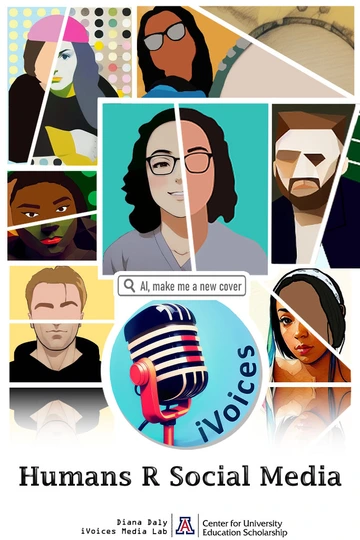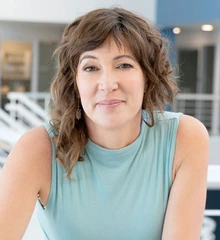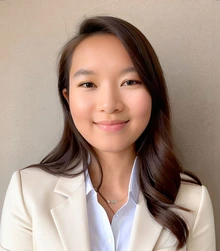New Edition of Acclaimed ‘Humans R Social Media’ Crafted from Faculty-Student Collaboration

“Social media and humans exist in a world of mutual influence, and humans play central roles in how this influence is mediated and transferred,” says Diana Daly, a University of Arizona College of Information Science associate professor of practice.

The newest edition of Daly’s acclaimed, open-access textbook on social media, new media and participatory culture, Humans R Social Media (HRSM), explores that coexistence in a unique way: by welcoming additional authors and featuring contributions by students to help readers understand how we as humans shape social media, and how social media in turn shapes our world.
Daly began writing the participatory “living book” when she was teaching a U of A general education course on social media that reached 300 students per semester.
“Most new media literature was years behind what my students were doing online and wasn’t written in plain language,” she says. “Popular articles cast social media as either a utopia that would solve all our problems or dystopia that caused them all. I wanted nuanced, up-to-date content about social media that students would actually read.”
That’s when she realized she would need to create that content herself—but not alone.
“I also knew a crucial part of the new textbook would be student voices and stories about their experiences with social media,” she says. “Students know so much about the online world. It’s essential to involve that knowledge in what we teach. I started collecting student stories for our podcast Social Media & Ourselves in 2018, but it was the iVoices Media Lab that supercharged the involvement of student voices in what our students learned.

Diana Daly, Associate Professor of Practice and Associate Dean, Undergraduate Academic Affairs and Student Success.
The iVoices Media Lab started when Daly was awarded a three-year Distinguished Fellowship by the Center for University Education and Scholarship, with additional funding to hire students through Vertically Integrated Projects.
“HRSM really began to evolve when iVoices was launched,” Daly says. A team of undergraduate students with skills in media production taught other students to tell their stories about social media using audio, media, graphics and writing. Graduate students from the Master of Arts in Library and Information Science program guided students on using Creative Commons to find reusable media and to openly license their own work if they wanted to share it.
“Much of that shared work is the student-created content in HRSM,” she says.
The 2024 edition of HRSM redefines what a book can be. Hosted online in the open-source platform Pressbooks, it includes knowledge-rich stories, audio, video and graphics by students.
The new edition also incorporates writing by faculty collaborators, including a new chapter on regulation by Nathan Schneider, an assistant professor of media studies at the University of Colorado Boulder, and an updated chapter on wellness by librarian and clinical counseling intern Alexandria Fripp, MLIS ’21.
There are also timely updates to chapters Daly wrote on identity, algorithms, activism, memes, disinformation and relationships. The authors improved the glossary, added key concept overviews at the beginning of each chapter and now conclude each chapter with games, interactive activities and relevant Social Media & Ourselves podcast episodes. They also made media in the book more accessible with new transcriptions for Universal Design for Learning (UDL), a framework to improve and optimize teaching and learning for all people based on scientific insights into how humans learn.

Jacquie Kuru, BSIS '23, MSDS '25.
Former iVoices Media Lab student worker Jacquie Kuru created the cover art in a complex back and forth with AI, which the U of A Bachelor of Science in Information Science graduate and current Master of Science in Data Science student analyzes in her new chapter on art.
“Today's HRSM showcases what collaboration can be with advances in digital coordination and AI,” says Daly.
HSRM is an Open Educational Resource (OER), so faculty and students from anywhere in the world can use it and even copy and adapt it for free, through Pressbooks and outlets like the Open Textbook Library and Merlot.
Daly notes that thousands of users in new media classes around the world have adopted previous editions of the textbook, and the associate professor’s hope is to reach even more teachers and readers with the 2024 edition. With this release they are also inviting faculty and students to participate in shared governance of the book, with versioning and upstream revision practices modeled on open-source software.
“Our vision is for this book on new media to be continuously updated and shared by a community,” she says. “If it's possible for a textbook about social media to stay up to date continuously, this OER book will show how it’s done.”
Learn more about Humans R Social Media and access the book for free.

